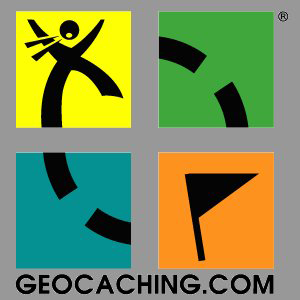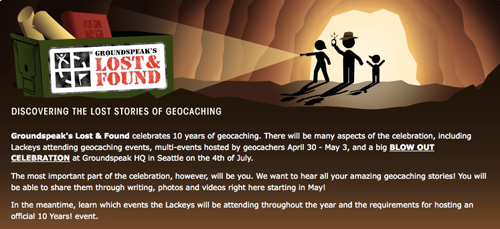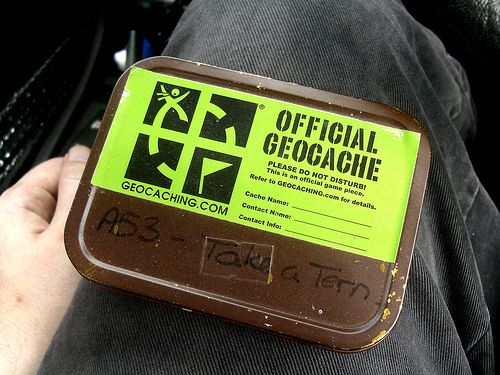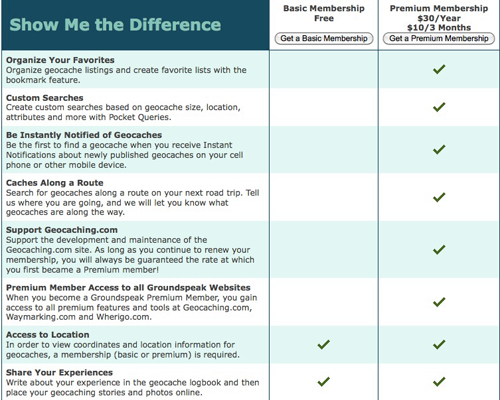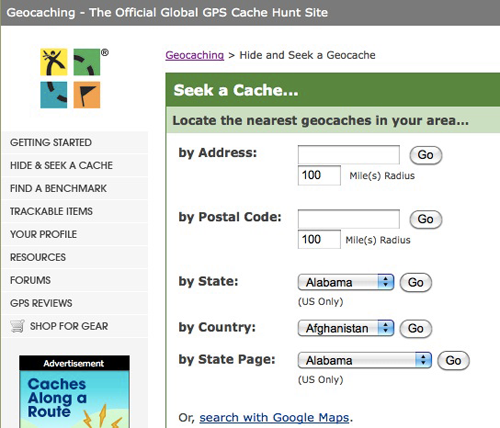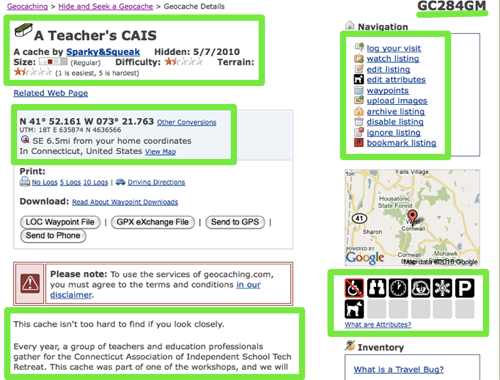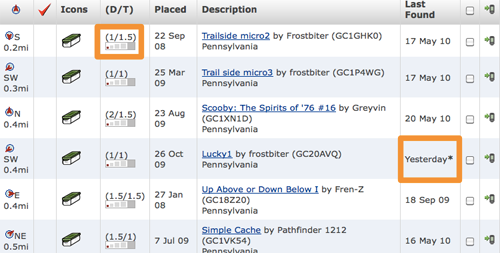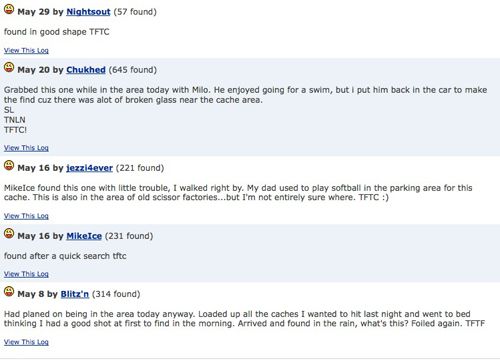<firstimage="https://www.makeuseof.com/wp-content/uploads/2010/05/ge0logo.png">
In some parts of the world, summer is ready to kick off, and folks are looking for something fun and free to do with their free time. If you need an exciting new hobby that allows you to combine your love of technology with nature and exploration, geocaching is for you.
Basically, geocaching is a world-wide scavenger hunt using GPS technology. The hobby is great for people of all ages (including little kids) and abilities (even for people with disabilities). There are caches hidden all over the world in cities and forests and everything in between.
There is no right or wrong way to get started in geocaching, but, hopefully, this post will inspire you to try out an exciting new hobby.
Learn More About Geocaching
On May 3, 2000, Dave Ulmer placed the first geocache (called a "geo stash" back then). This followed the US's opening of satellite access previously used only by the military. Mike Teague was the first guy to find the first bucket of goodies, and geocaching was born.
The most recent statistics indicate that there are "1,084,870 active caches and an estimated 3-4 million geocachers worldwide. In the last 30 days, there have been 4,152,196 new logs submitted."
Some geocaches can be as small as a hearing aid battery, and others can be as large as a dumpster. Some hunts can involve many steps (a "multi-cache"), some might be virtual (where you take a photo and post it on the site), and others might include a puzzle.
Unlike treasure hunts, a geocache cannot be buried; it can be hidden well, but you should not need a shovel to retrieve it. There also needs to be room for a "log" - a place for the finder to either sign or initial that he or she has found the cache. However, there is no requirement for a writing utensil and teensy little scrolls can fit in almost anything.
The small caches are called micros, and they can be the hardest to find. If you are a beginning geocacher, it is best to get experience finding bigger geocaches first.
Getting Started
To get started as a geocacher, you need only a few tools. First, you need some kind of GPS system. I use my iPhone, a Garmin Nuvi, and a Garmin eTrex H. Some of my friends just use their iPhones.
There are a lot of places where you can read reviews of different types of GPS units, but it really depends on how much you want to spend. There are super high end models that do a lot of the work for you, but they cost a lot. I have found that I have just as much fun with my cheaper model.
Geocaching.com
Once you have the equipment, you need to make a free account at Groundspeak's Geocaching.com. There is a paid "premium" version, but, truly, you can get a lot of mileage out of the free version. Unless you are a diehard cacher, start with the free version and see how you like the hobby.
German users can use Geocaching.de or OpenCaching.
How To Use Geocaching.com
Geocaching.com is an easy to use website. The navigation bar on the left helps you to locate geocaches and to learn more about the hobby. This is the best place to start.
The Description
Every Geocache is assigned a GC number when it is approved by the GroundSpeak moderators. This GC number will be its identifying mark throughout the community.
Every Geocache description includes coordinates. These can be coordinates for the cache, for a starting point, or for parking. The description can be detailed or short, and some people include additional encrypted hints. There is a legend that gives some basic information about the cache (can it be be done in under an hour? Is it safe for children? Is it snow friendly?). There is also a little map to give you an idea of where it is located. Most importantly, the description tells you how the cache is rated.
The Rating System
Geocaches are rated on two qualities..."difficulty of find" and "terrain." Easy to find geocaches are registered as a 1. These are good for small children. Likewise, a terrain of 1 means the geocache is available to those in wheelchairs. A 5, though, means you need something like a kayak or snow mobile to get to it.
You want to make sure that the cache has been found fairly recently. Some caches are seasonal, but if a cache hasn't been found in many months or over a year, there is a good chance that it can't be found.
WOW! You Found it!
When you find the geocache, be sure to sign the log with your handle and date. If the cache is big enough, trade SWAG items or drop or pick up travel bugs or travel coins. TBs are usually attached to an item like the stuffed animal below and have a goal (to get from London to New York, for example). Coins aren't usually attached to anything but often have a goal.
SWAG is the treasure you hide and seek in the larger caches. Things like erasers, key chains, coins from around the world are lots of fun to find! My kids love SWAG and it keeps them motivated when we are hiking all day. The goal is to trade even or trade up. If you go to a cache and you find a dollar, you should replace it with something worth a dollar. Some people also include a signature item like a poker chip with their name on it.
The important thing is to be fair...if you take something, leave something of equal value or more.
Logging Your Find (Or DNF)
Once you are done searching for the cache (because you found it or you gave up), you should return to Geocaching.com to log your "smiley" or your DNF ("Did Not Find"). Your notes become part of the clue for the next person, so it is important to log your visit. Even though DNFs are frustrating, it is important to log them so that the owner can check on the cache.
Take a Hike!
Remember that geocaching will take you all over the place, so have a good set of shoes near by and bug spray if you are planning to do the woods, or if you are going to a city, you need to practice "stealth" maneuvers so people don't notice you hunting in weird places.
Pack your bag (we keep ours in the van because we geocache everywhere!). Once you have your account and a GPS, create a geocaching bag. I use an old book bag. You want to include basic items like sharpened pencils (and a sharpener), spare batteries for your GPS, a first aid kit, utility knife, a flashlight, and, most importantly, SWAG items. Remember, the fun of geocaching is the adventure, so if it gets frustrating, try a new one or go back another time.
Check out Wikipedia's informative page on geocaching and if you are an Android phone owner, check out Ryan's post on a cool app you can use on your Geocaching travels.
Image Credit RevDanCatt


